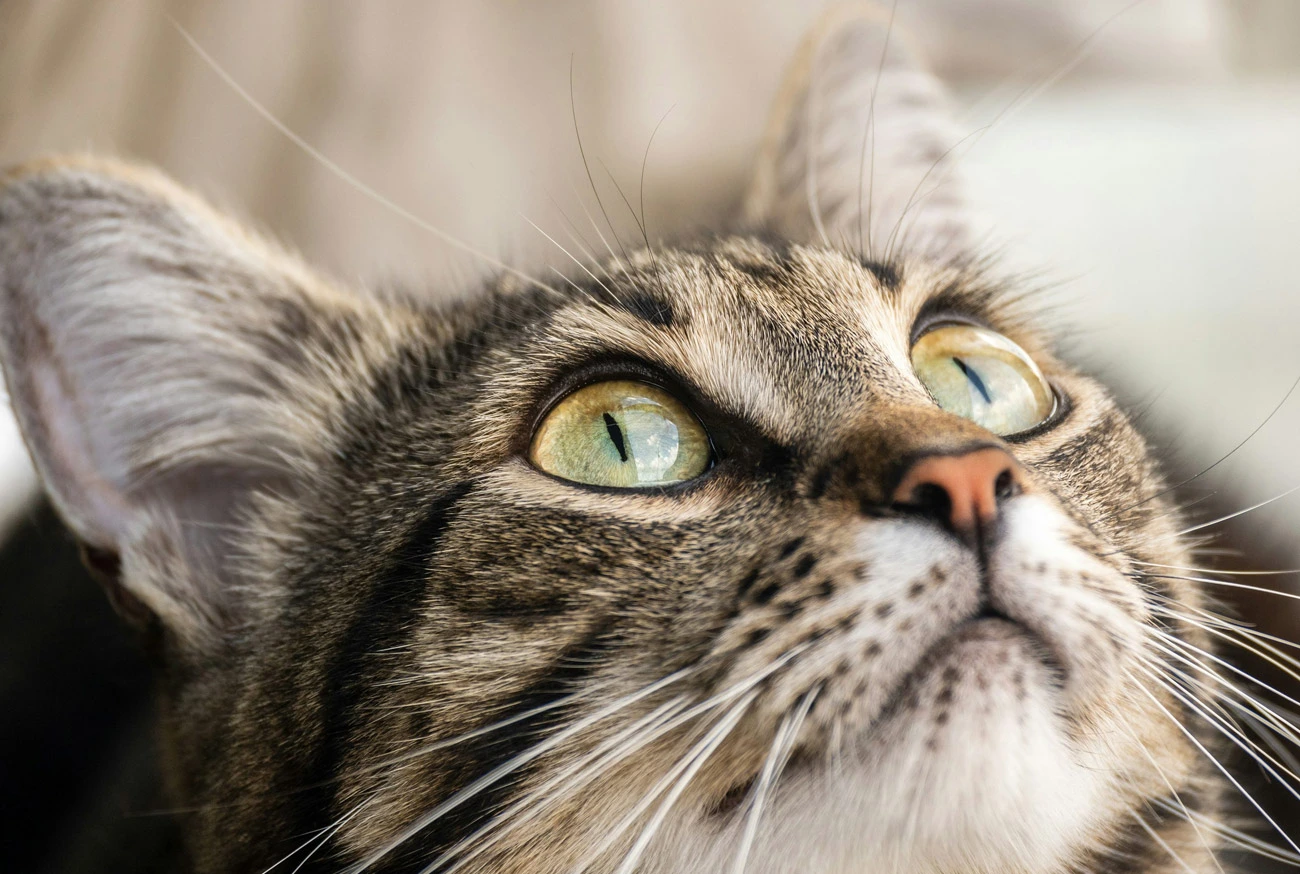In this article, we’ll explore the main factors leading to pet self-mutilation, how to recognize it, practical measures to prevent it, and what to do to address this behavior. Whether you’re the owner of a dog, cat, or another pet, the following tips will help you ensure your companion’s well-being.
What is pet self-mutilation?
Pet self-mutilation is characterized by behaviors in which the animal harms itself. This can include licking, biting, scratching, or rubbing parts of the body to the point of causing wounds or skin irritations. Although it often begins as a response to an itch or discomfort, this behavior can develop into a compulsive habit.

Main causes of pet self-mutilation
Anxiety and stress
Anxiety in pets is one of the most frequent causes of self-mutilation. Changes in routine, prolonged separation from the owner, or lack of stimulation can lead to this behavior. Dogs and cats are particularly sensitive to their environment, and stressful situations can trigger unexpected reactions.
Medical problems
Before concluding that self-mutilation is caused by stress, it’s essential to rule out medical issues. Food allergies, dermatitis, and parasite infestations can cause intense itching, leading pets to lick or bite excessively. Additionally, localized pain, such as in joints or wounds, can act as a trigger.
Boredom and lack of stimulation
Pets left alone for long periods or without activities may resort to self-mutilation to relieve boredom. They need daily physical and mental stimulation to prevent destructive behaviors.
Signs your pet may be self-mutilating
Identifying pet self-mutilation can be challenging, especially if the behavior occurs when you’re not around. Look for signs such as:
- Areas of missing fur, especially on paws, tails, or bellies.
- Recurring wounds or skin irritations.
- Constant licking or biting of the same area.
- Behavioral changes, such as agitation, lethargy, or aggression.
If you notice any of these signs, seek a veterinarian immediately. Early diagnosis is crucial to prevent the problem from worsening.
How to prevent pet self-mutilation?
Create a stable routine
Pets feel more secure when they have a predictable routine. Set fixed times for feeding, playtime, and walks. This helps reduce stress and promotes a sense of stability.
Provide environmental enrichment
Enriched environments are essential for an animal's well-being. Offer interactive toys, scratching posts for cats, and mental stimulation options like hidden treats. These resources keep pets occupied and reduce the risk of compulsive behaviors.
Give attention and affection
Nothing replaces the quality time you spend with your pet. Dogs and cats are highly social and need their owner’s company to feel happy. Set aside time for play, petting, and strengthening your bond.
Take care of physical health
Regular veterinary visits are essential to identify and treat health issues before they cause discomfort. Keeping vaccinations up to date and preventing parasites is also crucial.
Treatments for self-mutilation
Medical approach
If self-mutilation is associated with a health issue, the veterinarian may recommend specific treatments, such as medications for allergies, antibiotics for infections, or anti-parasitic solutions.
Behavioral therapy
In cases where the problem is caused by stress or anxiety, behavioral therapy can be highly effective. This might include training to teach pets how to handle stressful situations more healthily.
Use of physical protectors
In more severe cases, where pets have already caused significant wounds, the use of Elizabethan collars or protective clothing may be necessary. These items prevent the animal from accessing the wounded area while treatment is underway.
How to deal with pet anxiety?
Anxiety is one of the main causes of self-mutilation, and addressing it may require a multifaceted approach. Some strategies include:
- Aromatherapy: Essential oils like lavender can help calm pets, but always under veterinary guidance.
- Relaxing music: Many pets respond well to soothing sounds. Try specific playlists for animals.
- Calming supplements: There are natural options to reduce anxiety, such as those based on tryptophan or chamomile.
Caring for a pet is a responsibility that goes beyond feeding and walking. Identifying signs of pet self-mutilation and acting quickly can make a significant difference in your furry friend’s life. Often, small adjustments in routine and environment can prevent larger problems.
If you found this article helpful, share it with other pet owners on your social networks. The more people informed about pet self-mutilation, the more animals can be helped. Your pet deserves all the love and care in the world!
















Add comment